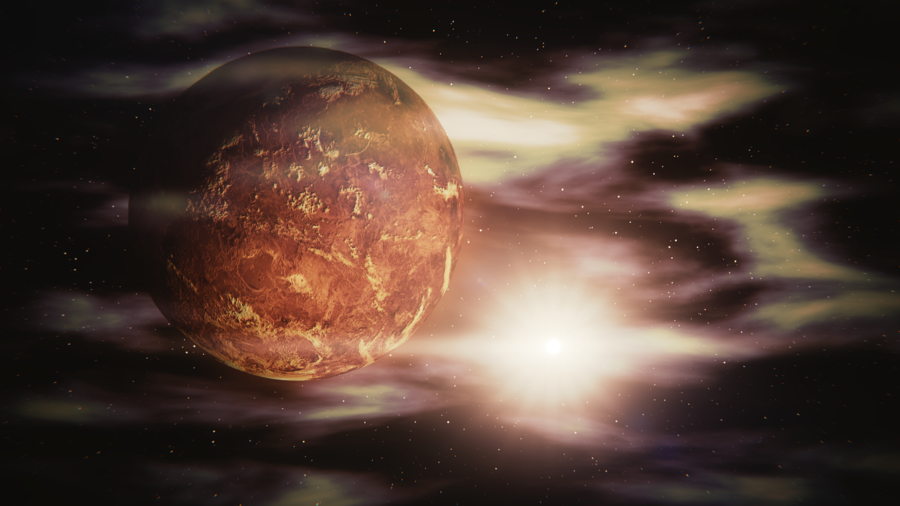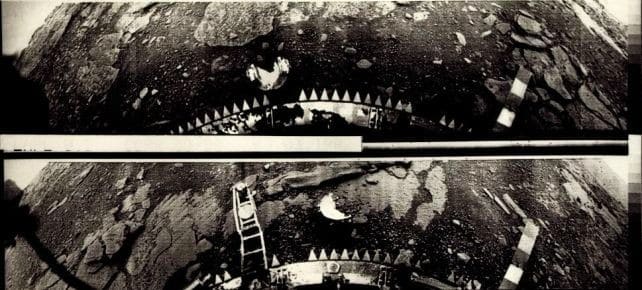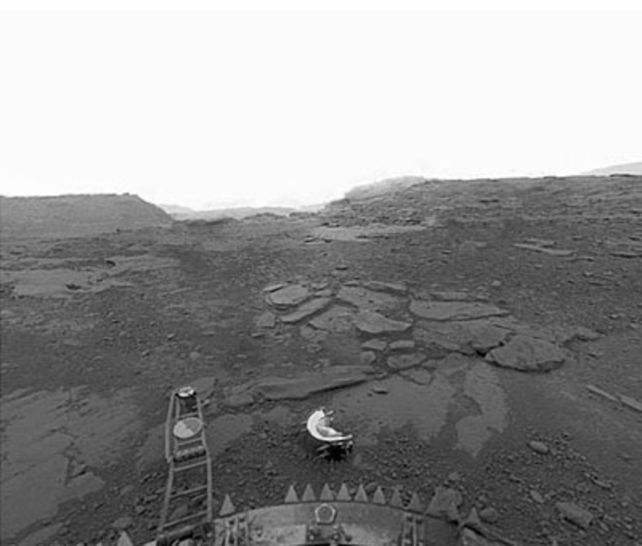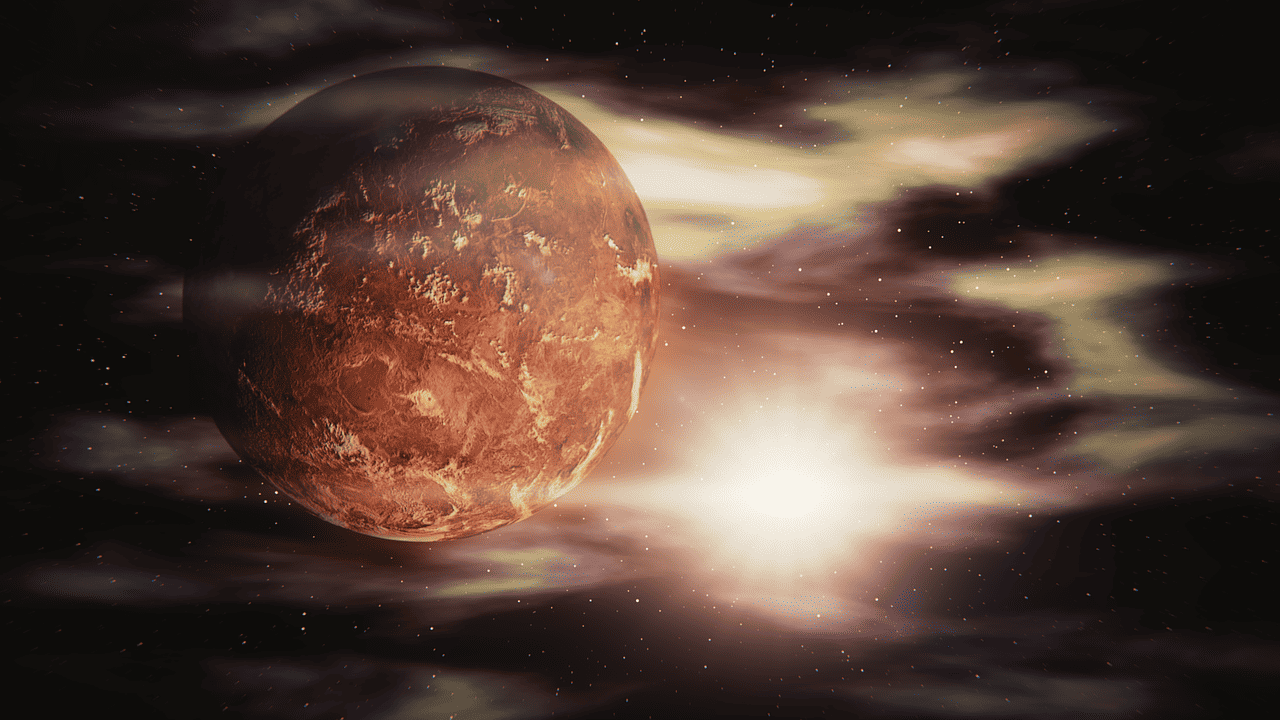
Pictures of Venus are scarce, but ScienceAlert shows that the available images depict a hazardous and eerie planet. Despite its similarities in size, composition, and density to Earth, Venus is anything but safe or habitable for humans.
The surface of Venus is enveloped in an atmosphere of toxic gases and acidic clouds. The temperature on the surface averages around 867 degrees Fahrenheit (464 degrees Celsius), with atmospheric pressure nearly 100 times greater than that of Earth.
Venera 7 was the first space probe to successfully land on another planet.
Unprotected, a human wouldn’t last more than a few seconds on the planet without imploding or burning up. The dense, toxic atmosphere has induced the Greenhouse Effect, creating an incredibly hostile environment that’s extremely challenging for human exploration.

Over the years, only a few images have been taken of Venus, with the Soviet Union capturing the last images between 1961 and 1984 through a space program called Venera, which aimed to explore the planet’s surface.
The program successfully sent 16 probes to Venus, with eight making successful landings. This led to the first successful entry into another planet’s atmosphere in 1966, along with the first soft landing on another planet by Venera 7 in 1970.
Of the eight probes, Venera 12 lasted the longest at nearly two hours before succumbing to the planet’s harsh conditions.
Though Venus is very similar to Earth in size, composition, and density, the second rock from the Sun is far from safe or inhabitable for human life.
Venera 9, 10, 13, and 14 were able to capture panoramic images of Venus, while Venera 13 and 14 also recorded sounds, revealing an otherworldly atmosphere akin to those in science fiction movies.
Video
The earliest images of Venus, taken in 1975, are of subpar quality compared to modern pictures but reveal a rocky and desolate surface. Higher-quality images were captured by Venera 13 in 1982, displaying the planet’s ominous yellow hue.

Venus’s golden hue is a result of sunlight filtered through toxic clouds, and image enhancements by Brown University revealed dark grayish rocks that likely indicate the presence of volcanic activity across the planet’s surface.
Venera 12 lasted for nearly two hours before it too was wrecked.
The dark grayish rocks and the clear volcanic horizon in the footage captured by the Russians hint at the likelihood of active volcanoes on the planet’s surface.
Despite its hostility, studying Venus offers valuable insights into the evolution of planets, making it a vital subject for scientific research.


